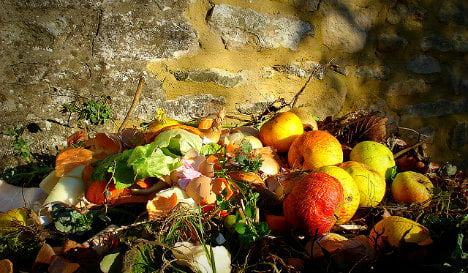The bill on food waste has been met with bipartisan support and is set to pass in Italy's lower house on Monday, before heading for final approval in the Senate.
Unlike the French, who introduced fines of up to €75,000 for supermarkets that waste food in February, Italian laws are seeking to use the carrot and not the stick.
“Punishing wasters is not so helpful: this is all about encouraging donations,” Democratic Party MP, Maria Chiara Gadda, who presented the bill, told La Repubblica.
Currently, all Italian shops, bars, restaurants and food companies looking to give their excess food to charity must declare their donations in advance, making it a bureaucratic nightmare.
The new laws will mean companies need only fill out one monthly declaration noting all donations made, streamlining the process in a bid to stop edible food from rotting on the shelf and being thrown away.
To further encourage businesses to give away their excess, donors will get generous reductions in their rubbish taxes in line with how much they give away.
The bill contains 17 articles which also propose changes to food safety regulations, meaning products that have passed their 'best before' date can still be given away.
“We are making it more convenient for companies to donate than to waste,” said Italy's Agriculture Minister Maurizio Martina.
MPs hope the laws will almost double the amount of food saved.
“We currently recover 550 million tonnes of excess food each year but we want to arrive at one billion in 2016,” Martina added.
Beyond encouraging charity, the government is also researching ways in which food can be better packaged, while trying to convince Italian diners to change their wasteful habits.
Some €1 million a year will be allocated to the development of food packaging over the next three years.
The cultural battle to combat food waste will be waged alongside another €1 million campaign to promote the use of doggy bags in restaurants – a scheme which was trialled in the Veneto region last year.




 Please whitelist us to continue reading.
Please whitelist us to continue reading.
Member comments